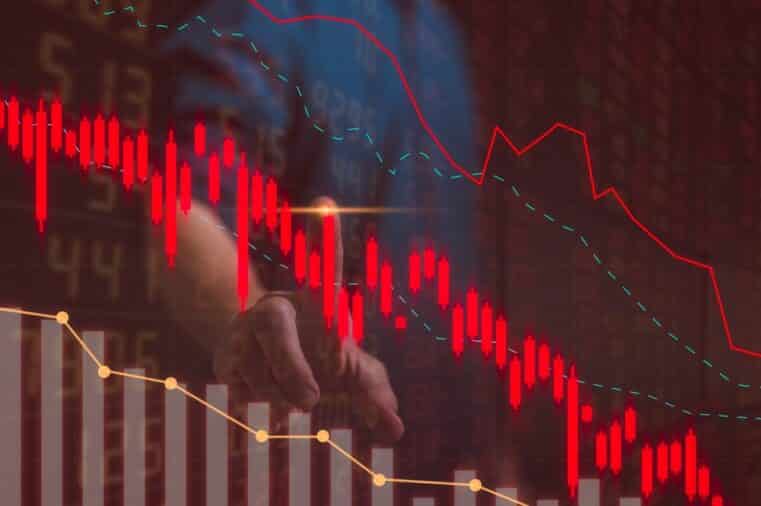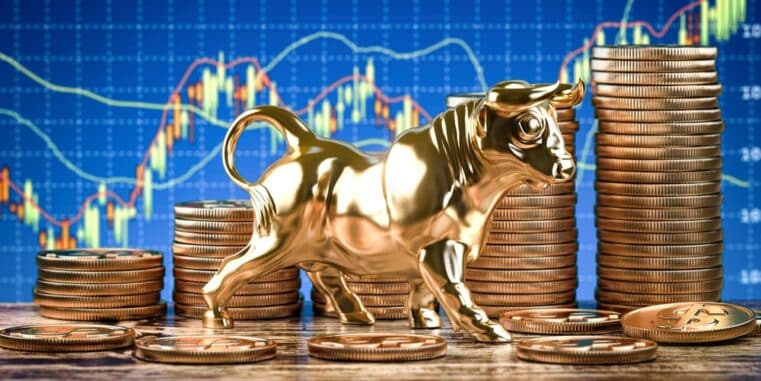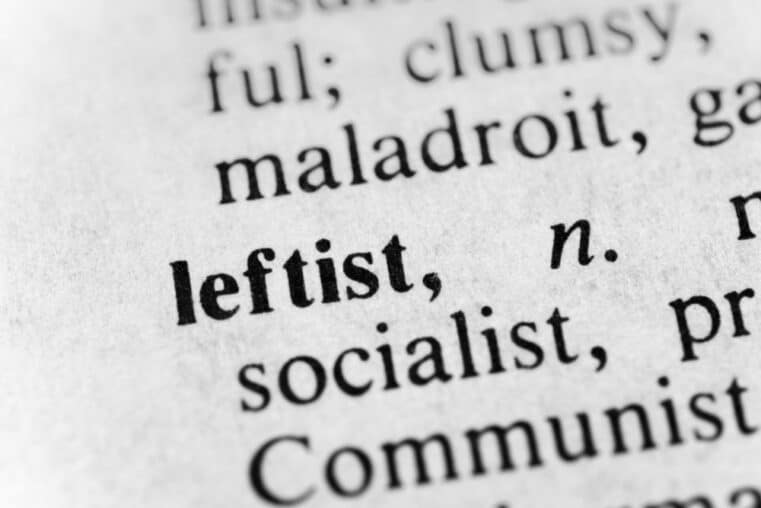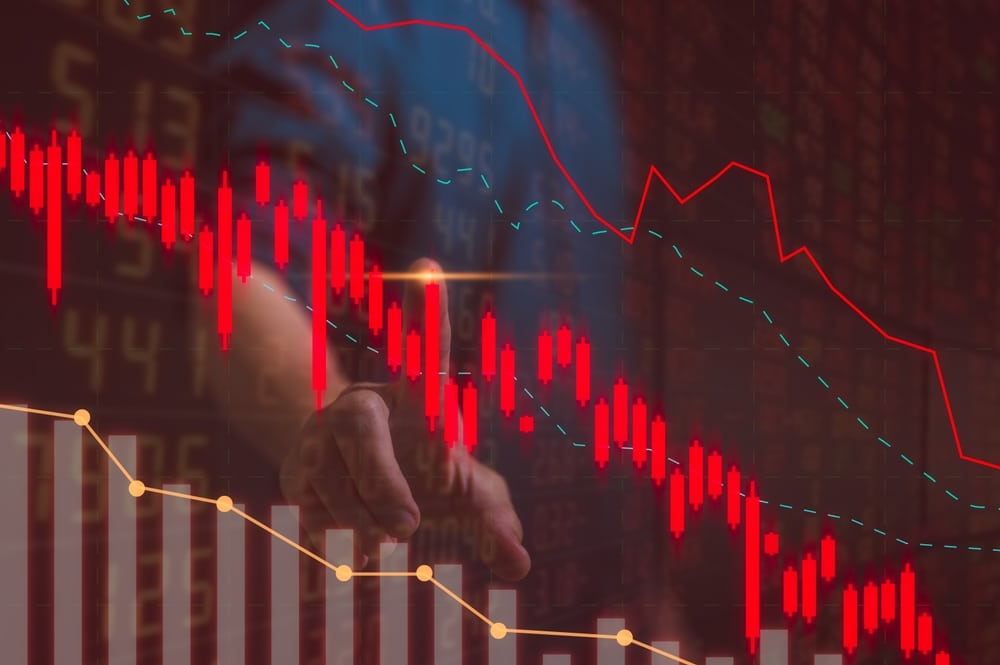
Reuters Opinion: Sultans Of Stimulus?
EDITOR NOTE: There’s a comical aspect to the dollar’s dramatic surge following the stock market plunge in March. Investors across the world, especially those in emerging market economies, sought safety in the dollar, causing their own currencies to fall. But the US unemployment rate is one of the worst in the world, second only to Columbia, according to Deutsche Bank. Adding to this, several economists predict a long-term sinking trend for the dollar as the Fed enacts its unlimited stimulus. So, what did these foreign dollar-bull investors just do--jump from a sinking boat to a sinking ship? This is what happens to those who believe the dollar to be a “safe haven.” That in itself is tragically comical, that is...faith in fiat.
U.S. weekly jobless claims are also expected to recede on Friday, but an analysis of 44 countries by economists at Deutsche Bank put the U.S. economy the second worst in unemployment relative to its 10-year average, behind only Colombia. For currency markets that is a long-term negative for the dollar. But even in the short term, the prospects don't look good. The latest Reuters poll of over 60 analysts predicts the dollar will weaken over the next six months.
Hopes of more stimulus has widened the chasm between market valuations and the real economy, despite expectations for a slow economic recovery, growing concern over U.S.-China tensions, U.S. civil unrest and rising coronavirus infections. On Wednesday, the Federal Reserve widened its municipal liquidity program to include more businesses and Australia offered a stimulus package for construction. Major U.S. stocks ended higher on Wednesday, with the S&P 500 and the Nasdaq near their record closing highs in February and 10-year U.S. treasury yields approached a two-month high of 0.75%. At a price-to-earnings multiple of 22, valuations for the S&P 500 are at their highest level in more than two decades. Although investors remain surprised at the stock market’s resilience, a case can be made for stretched valuations -- the risk-free rate for valuing future streams of corporate cash flows is essentially zero as central banks support virtually every corner of the bond market.
And then there is the European Central Bank. Pressure is growing on policymakers to deliver more stimulus in the face of a record rate of economic contraction in the first quarter. Interest rates are widely expected to remain unchanged at its deposit rate of minus 0.5%, but many economists expect the 750 billion-euro Pandemic Emergency Purchase Programme to rise by 500 billion euros. The German coalition government agreed overnight on a 130 billion-euro fiscal stimulus program for its economy after a recovery fund proposal last week by Europe gave the struggling euro a shot in the arm.
The latest policy actions have resulted in a seven-day winning streak for the euro against the U.S. dollar, a move last seen only in December 2013. The euro’s rise to near 1.08 against the Swiss franc has also eased pressure on the Swiss central bank, whose rate of weekly interventions dropped to its lowest since February.
The dollar’s gains have pushed emerging-market currencies lower with the wider index snapping a four-day winning streak to slip 0.25%. The biggest declines came in South Africa’s rand and Mexico’s peso, both down 0.7%, but both still on track for healthy weekly gains.
Originally posted on Reuters











